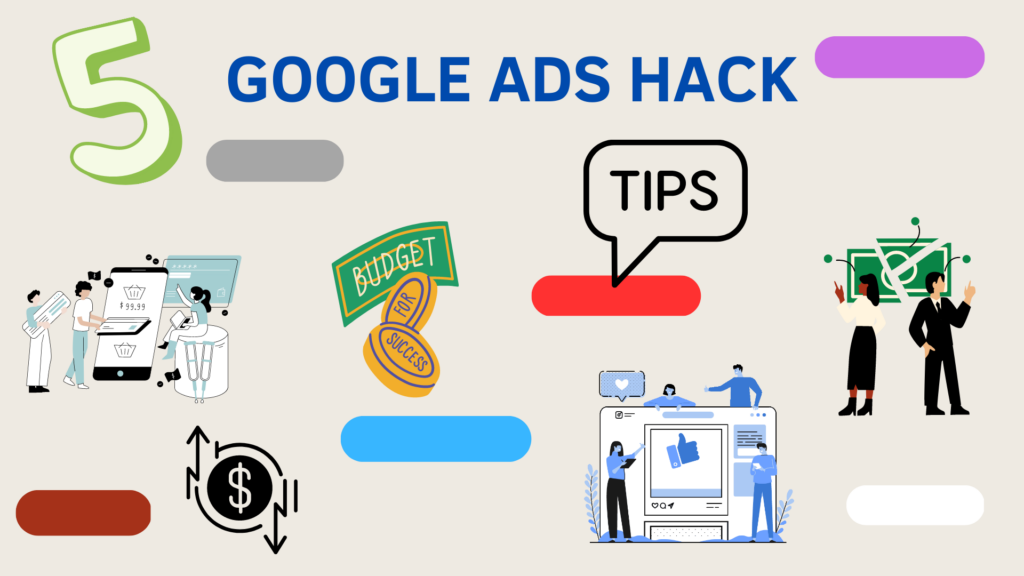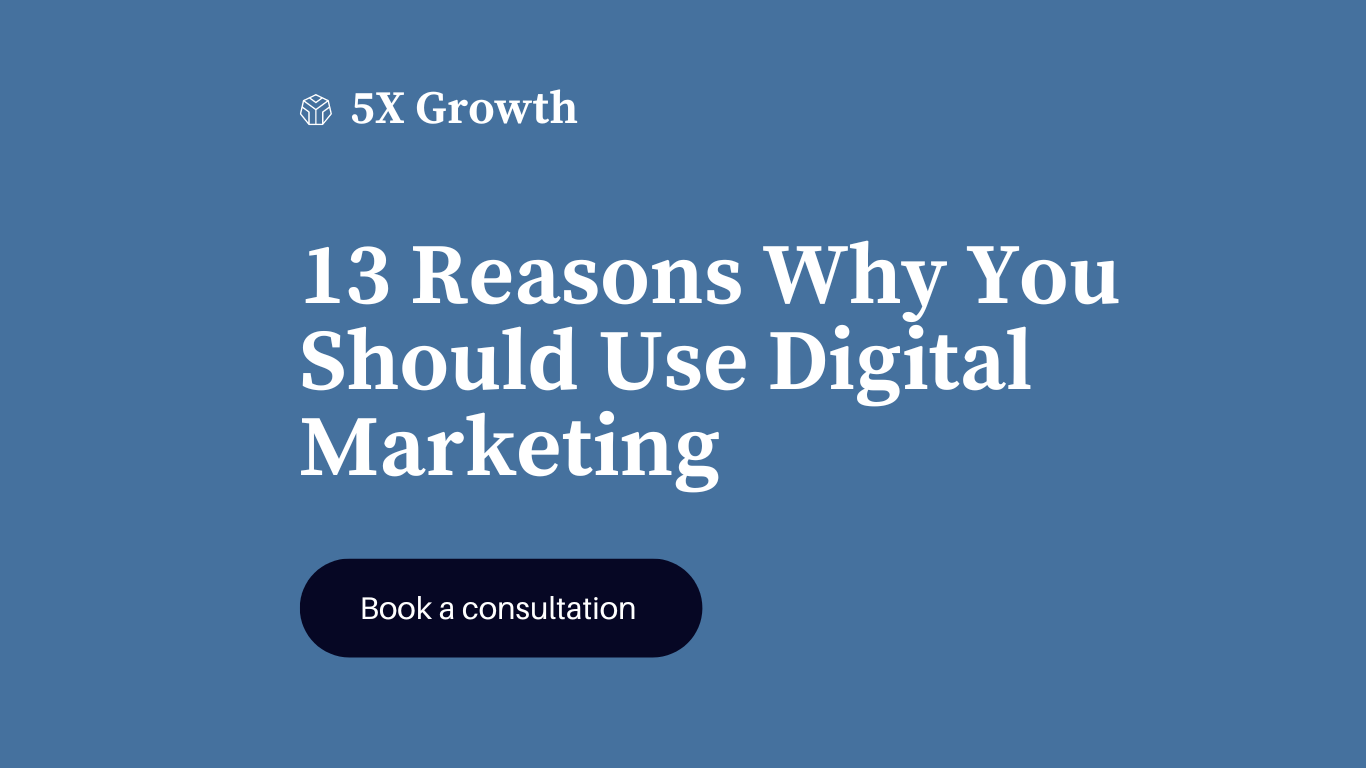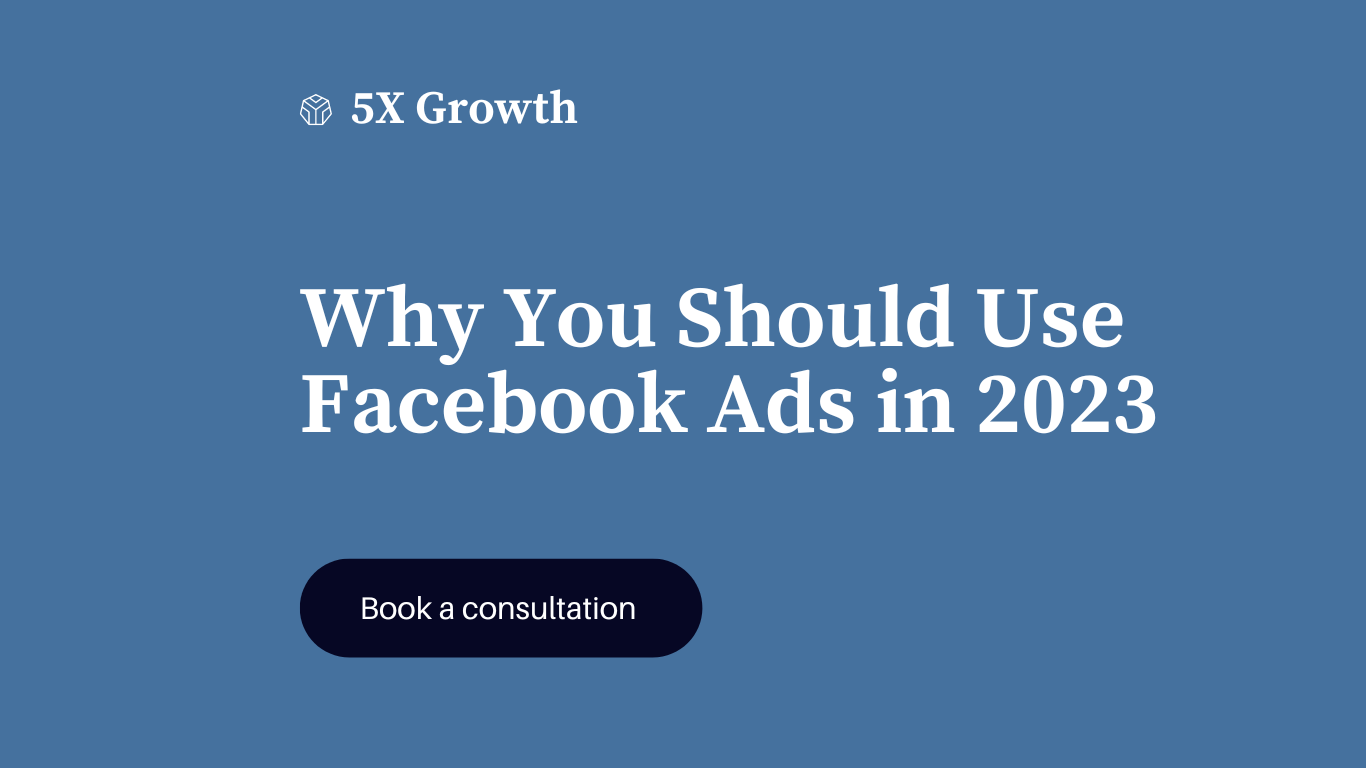In today's advanced age, businesses ought to adjust to unused advances to stay competitive within…
5 Google Ads Hacks for B2B SaaS Startups on a Tight Budget

Starting a B2B SaaS startup can be a daunting task, especially when you are working with limited resources. One of the biggest challenges for B2B SaaS startups is to generate leads and convert them into paying customers. This is where Google Ads can come in handy. Google Ads can help you reach out to your target audience, increase your brand visibility, and drive more traffic to your website, before you use Google Ads, you should be aware of Google Ads metrics. However, running Google Ads campaigns can be expensive, and if you’re on a tight budget, it can be challenging to get the desired results. In this article, we will share 5 Google Ads hacks that can help B2B SaaS startups get more leads without breaking the bank.
1) Use Long-Tail Keywords
One of the most effective Google Ads hacks is to use long-tail keywords. Long-tail keywords are more specific and have a lower search volume than generic keywords. This means that they are less competitive and more affordable. Using long-tail keywords can help you target a more specific audience and improve your click-through rate (CTR). Moreover, long-tail keywords are more likely to convert into leads because they indicate that the user is looking for something specific.
Instead of targeting generic keywords like “project management software,” go for more specific, long-tail keywords like “affordable project management software for small businesses.” This strategy will allow you to reach a more targeted audience and improve your click-through rate.
2) Create a Negative Keyword List
Creating a negative keyword list can help you save money and improve the performance of your Google Ads campaign. Negative keywords are the keywords that you don’t want your ads to show up for. For example, if you’re selling a paid software product, you may want to add negative keywords like “free,” “open-source,” or “trial.” This will prevent your ads from showing up for people who are looking for a free or open-source alternative. By creating a negative keyword list, you can reduce your cost-per-click (CPC) and increase the relevancy of your ads.
When you use pay-per-click (PPC) advertising, you can choose which keywords you want your ads to appear for, but it’s equally important to exclude certain keywords that may not be relevant to your business or that may attract the wrong audience. For example, if you sell luxury watches, you may want to exclude keywords like “cheap watches” or “discount watches” from your campaigns to avoid attracting people who are looking for inexpensive options. Building a negative keyword list can help you optimize your PPC campaigns and improve their overall performance.
3) Use Ad Extensions
Ad extensions can help you improve the visibility of your ads and provide more information to your potential customers. Ad extensions are additional pieces of information that appear below your ads, such as your phone number, address, website reviews and ratings, and more. By using ad extensions, you can provide more context to your ads and increase the chances of getting clicks. Moreover, ad extensions can improve your ad rank and reduce your CPC, resulting in better ROI.
By adding ad extensions to your ads, you can provide users with more information about your business, make it easier for them to contact you, and help your ads stand out from the competition. Ad extensions are available on many different advertising platforms, including Google Ads and Bing Ads.
4) Use Geo-Targeting
Geo-targeting is a powerful tool that can help you reach out to your target audience in specific locations. By using geo-targeting, you can show your ads only to people who are located in a particular city, state, or country. This can be done using a variety of methods, including IP address targeting, GPS targeting, and targeting based on user-provided location data.
Geo-targeting is commonly used in digital advertising to ensure that ads are seen by the most relevant audience possible. For example, a local restaurant may use geo-targeting to display ads only to people within a certain radius of their physical location. Geo-targeting can also be used to personalize content and experiences based on a user’s location, such as displaying different language versions of a website or offering location-specific promotions. Overall, geo-targeting is a powerful tool for improving the effectiveness of digital marketing campaigns and delivering a better user experience. This can be particularly useful for B2B SaaS startups that are targeting a specific region or country. Moreover, geo-targeting can help you save money by avoiding clicks from people who are not your target audience.
5) Use Remarketing
Remarketing is a marketing strategy that involves targeting people who have already interacted with your business or website in some way, such as by visiting your website, adding items to their cart, or subscribing to your email list. By using cookies and other tracking technologies, remarketing allows you to display targeted ads to these people as they browse the web or use social media. The goal of remarketing is to re-engage potential customers who may have shown interest in your business but didn’t convert on their first visit. Remarketing can be a highly effective way to improve conversion rates and ROI, since you’re targeting people who are already familiar with your brand and have expressed some level of interest in your products or services. Many different advertising platforms, including Google Ads and Facebook Ads, offer remarketing capabilities as part of their suite of tools.
Conclusion
In conclusion, B2B SaaS startups on a tight budget can still create effective Google Ads campaigns by utilizing various hacks such as targeting similar audiences, optimizing for voice search, using automated ad creation, leveraging video ads, and utilizing bumper ads. By implementing these strategies, startups can effectively reach their target audience and achieve their advertising goals while minimizing costs. It is important to keep in mind that while Google Ads can be an effective marketing tool, it is crucial to constantly track and optimize campaigns to ensure maximum results.


